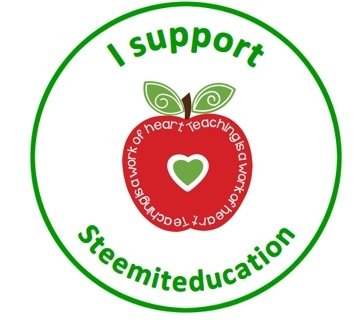The different parts of speech can be confusing and hard to learn.
Let's break down the adjective and have a look at the different characteristics under it:
Descriptive adjective - call up images, tones and feelings.
Many descriptive adjectives come from verbs. The verb 'had broken', without the helper 'had', is an adjective: broken - a broken keyboard or a broken telephone.
Same as the '-ing' form, such as 'is running', used without its helper 'is' can be an adjective: running - running shoes.

Articles - the, an and a, called articles are adjectives that answer the question which one?
The - modifies a noun or pronoun by limiting its reference to a particular or known thing, either singular or plural - the books on the table.
A - expands the reference to a single non-specific or previously unknown thing - a book from a store.
An - is similar to 'a', but is used when the word following it begins with a vowel sound - an apple.

Demonstrative adjectives - answers the question which one?
They have singular and plural form. This and that are singular, these and those are plural.
This and these indicate things nearby and that and those suggest distance.
Example: This novel is the worst I've ever read, these biographies are much better. Tell me more about that author, why does she write about those events?

Possessive adjectives - answers the question whose?
They include my, our, your, his, her, its and their.
Example: our joke book, its well known pages.

Indefinite adjectives - is an adjective formed from an indefinite pronoun.
Examples: most common indefinite pronouns are: all, any, anyone, anything, each, everybody, everyone, everything, few, many, nobody, none, one, several, some, somebody, and someone.

Questioning adjectives - Which and what are adjectives when they modify nouns or pronouns.
Examples: Which joke did you like better, and what reason can you give for your preference?
Adjectives order and punctuation
Not all adjective groups get rearrange in the same way, some stacks of adjectives can be rearranged freely without changing the meaning - coordinate adjectives.
Example: a dull, dark and depressing day - a depressing, dark, dull day.
Note: separate two or more adjectives with commas and no comma goes immediately before the noun. Other adjectives groups cannot be freely rearranged - cumulative adjectives
Example: Rich chocolate layer cake cannot be changed to layer chocolate rich cake.
Note: these cumulative adjectives are not separated with commas.
Rules that a stack of adjectives generally occurs in the following order:
Opinion - useful, lovely, ugly.
Size - big, small.
Age - young, old.
Shape - square, squiggly.
Colour - green yellow.
Origin - Canadian, solar.
Material - granite, wool.
Purpose - shopping, running.
Play around with the order and you will soon grasp the order of the stacking.
There are many different adjectives as we can see from the short breakdown above, the best way to grasp the idea of this is to practice identifying the characteristics and make sure you understand the definition of each adjective.


Please consider writing under the steemiteducation tag. Please see their latest post for the new criteria. Please consider telling your friends and help to promote this account. They are looking for good quality educational posts. It is not only for educators, anyone is welcome. Just read the latest post and join their discord server. Make sure to drop your links in the steemiteducation post promotion section on discord.

This post has been resteemed by @steemiteditors - keep up the good work!
Follow @steemiteditors to get updates on editor’s availability, to receive writing tips and advice, and to network within our community.